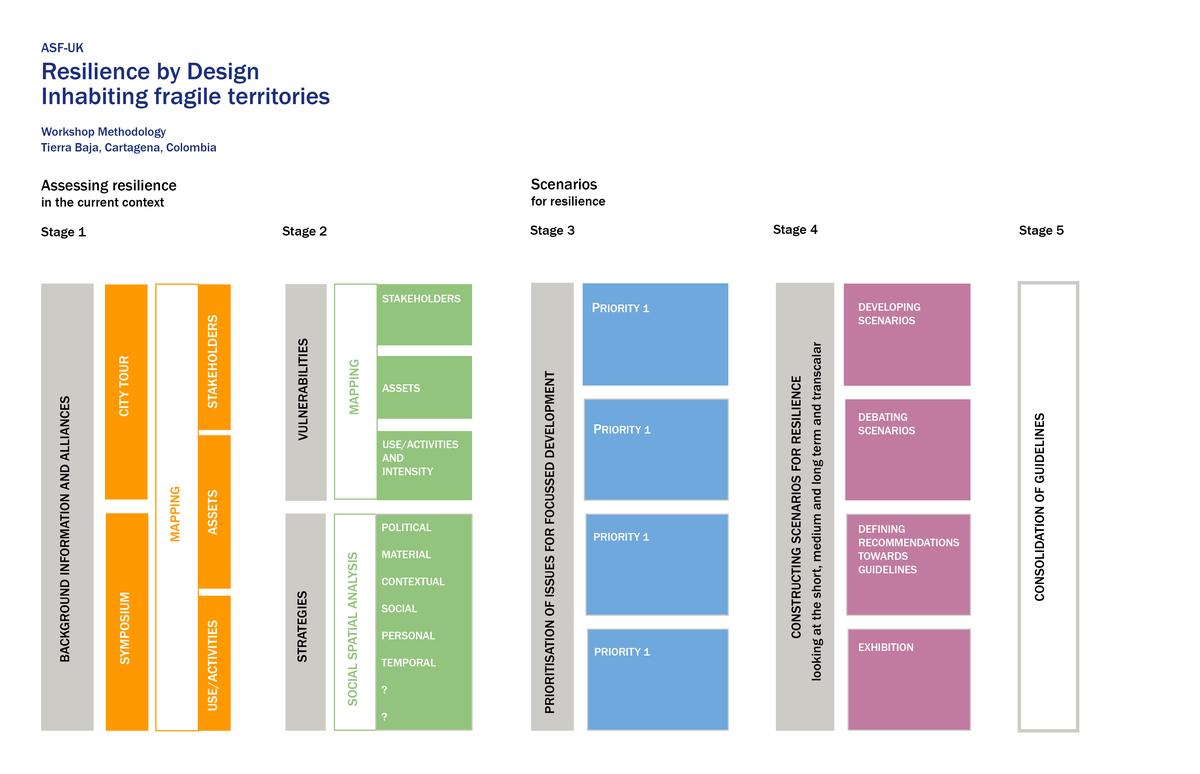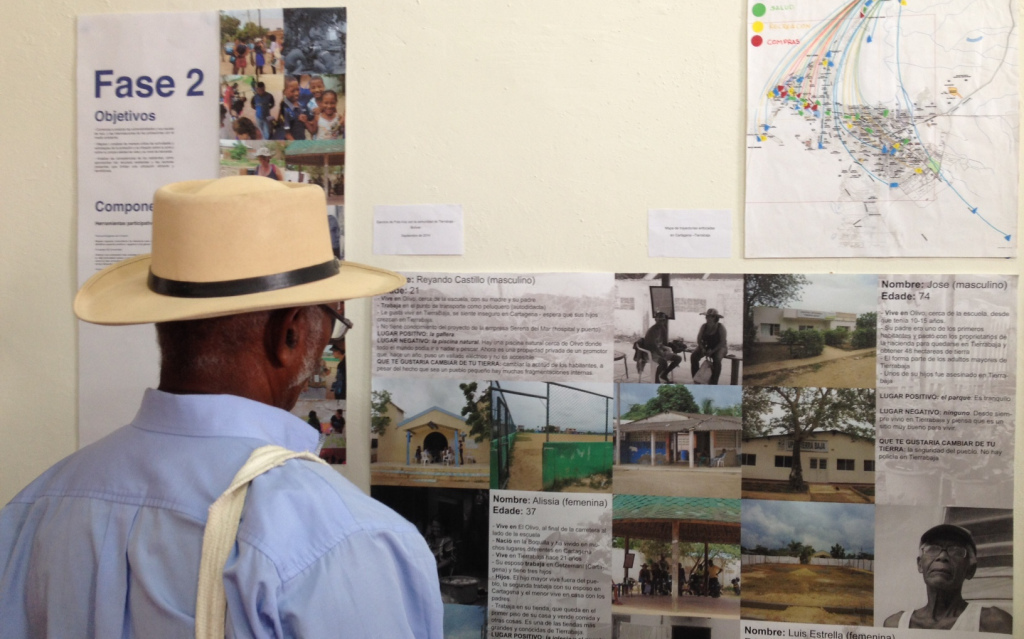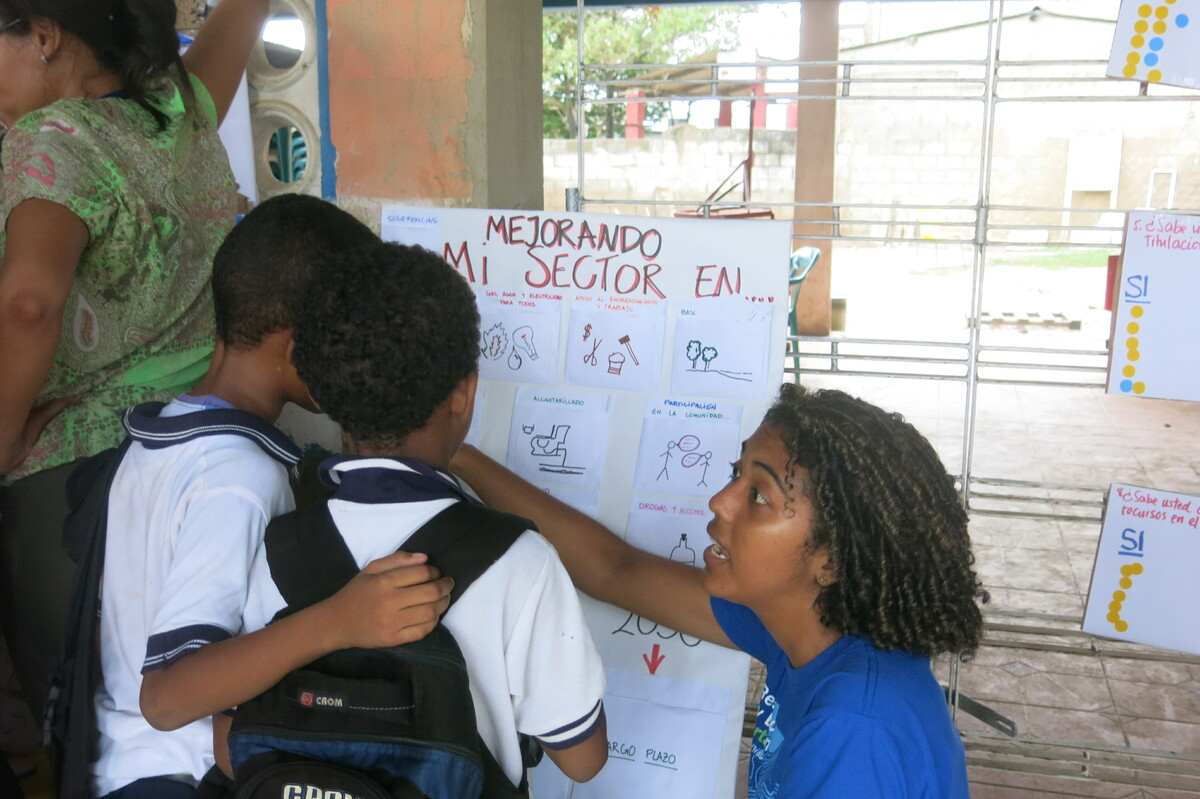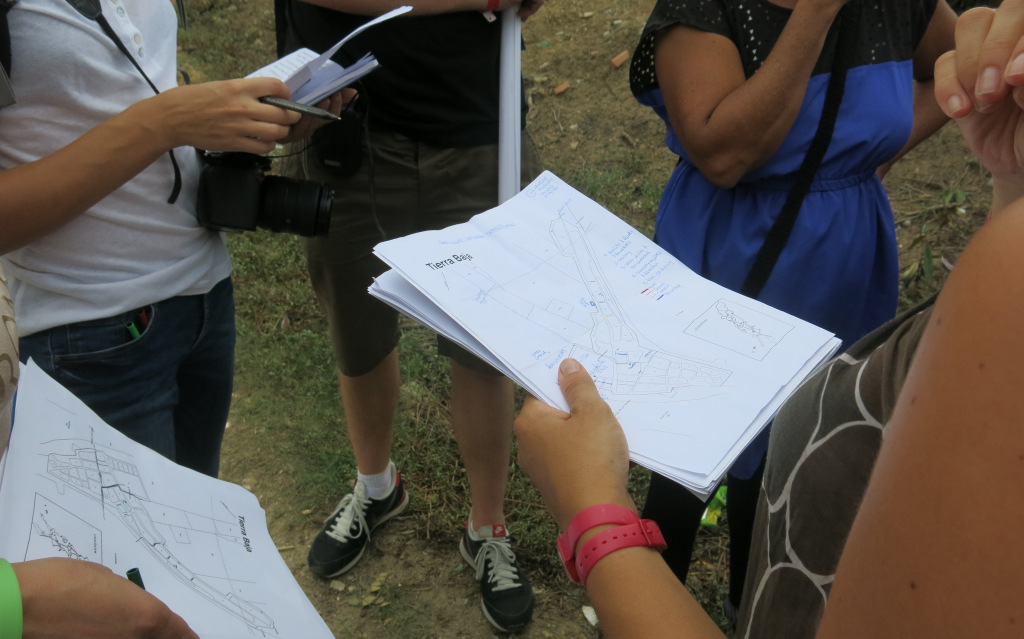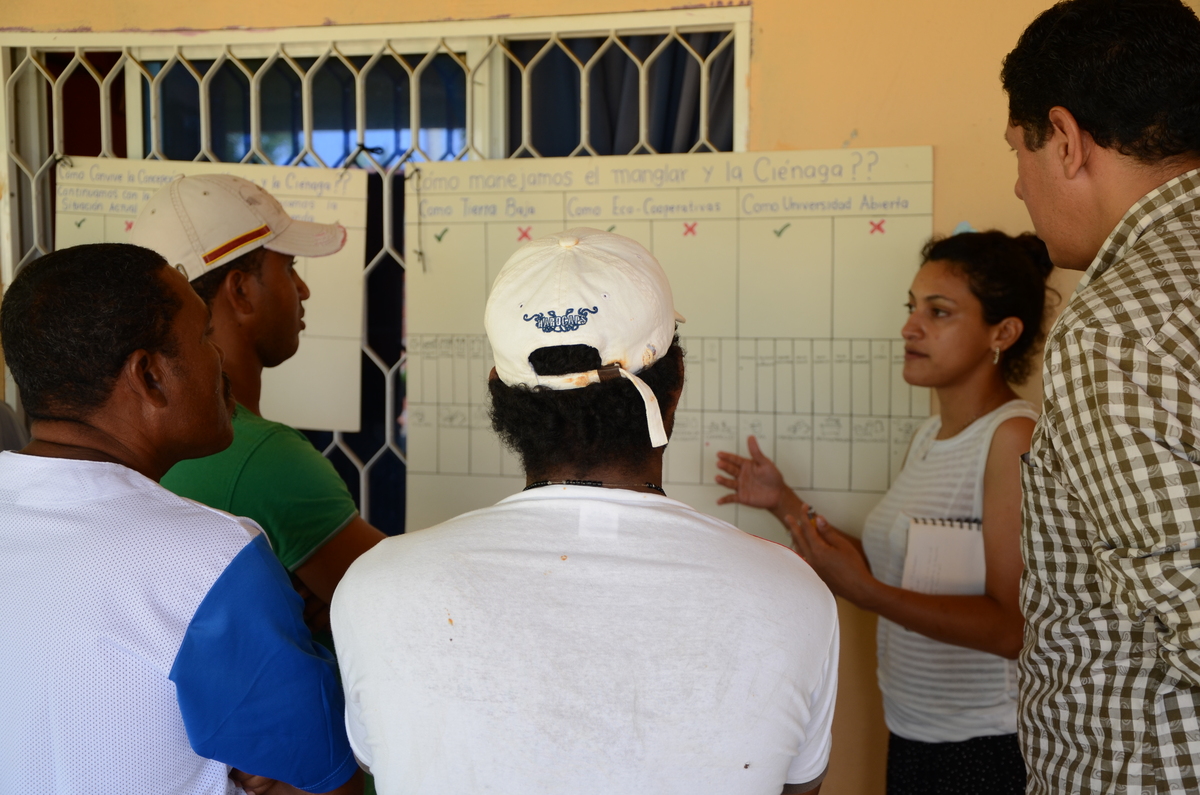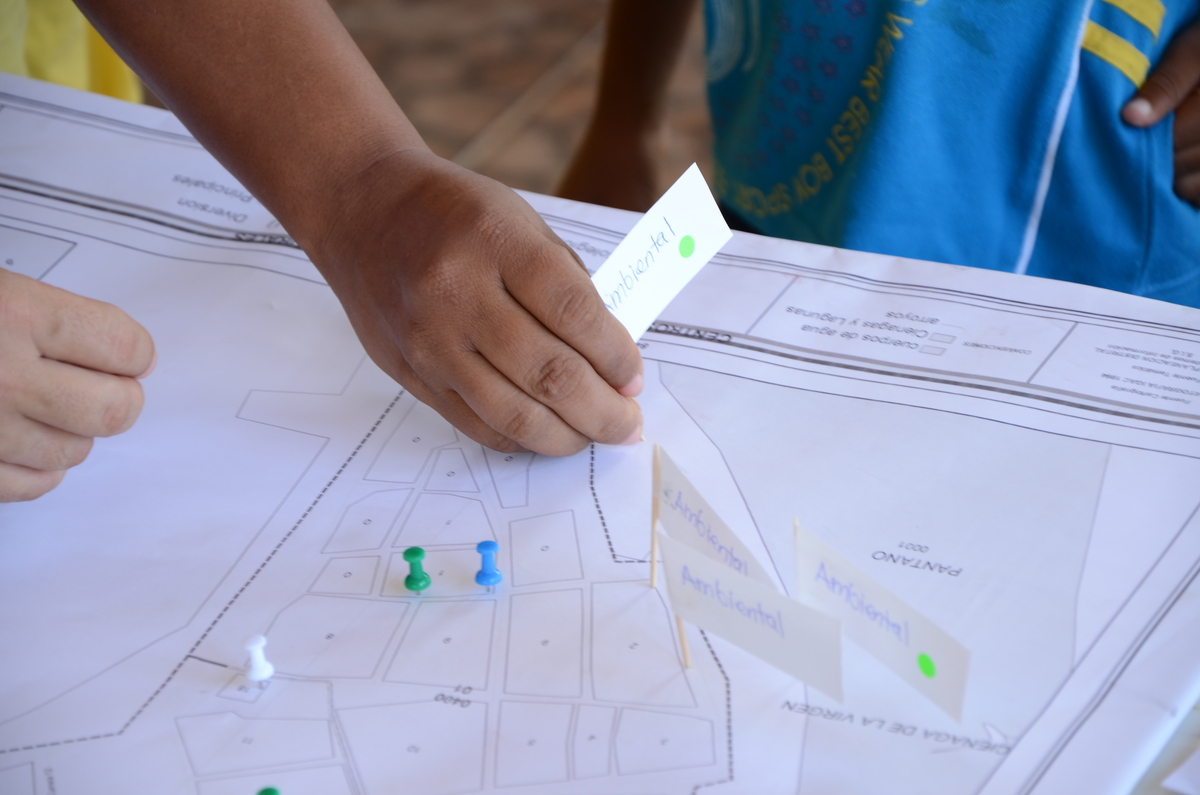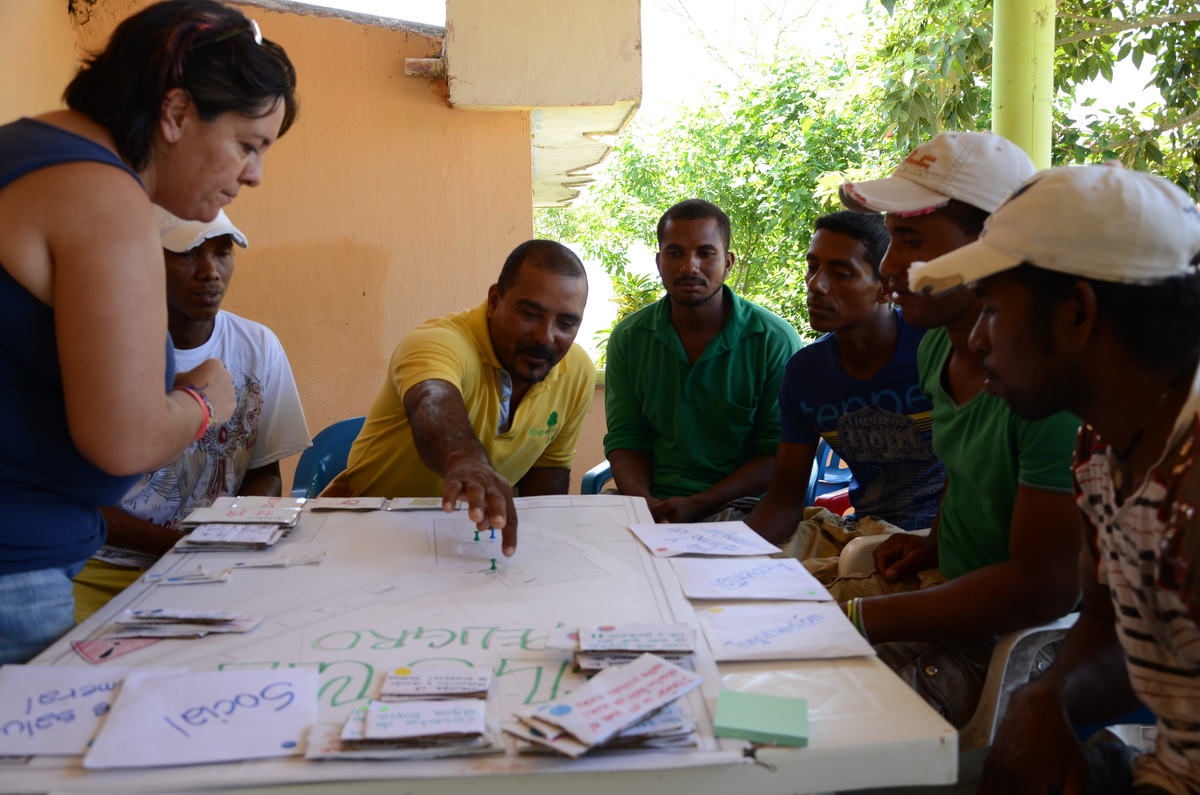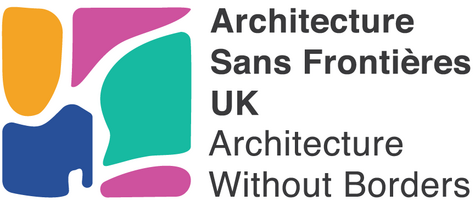Location: Cartagena, Colombia
Date: 2014
Programme: Resilience by Design
Project partners: Fundación por la Educación Multidimensional (FEM), ASOCOC
Activities: Advocacy/Socio Technical Support
ASF Team: Lucía Caistor Arendal and Isis Nunez Ferrera
This two year project was a collaboration with ASF-UK and FEM to assist 22 local communities living in the beach/mangrove ecosystem of Cartagena, Colombia. The aim was to produce a Plan Administrativo del Territorio (PAT, Territorial Management Plan) for each individual settlement to obtain collective land ownership titles from the State of Colombia. This started with a workshop in September 2014, using participatory design to formulate community-based guidelines for a PAT for one of the settlements, Tierrebaja.
The workshop aimed to support the Afro-Colombian groups in the Caribbean coastal area, on the outskirts of Cartagena. This area has a fragile mangrove ecosystem and a co-dependency between the swamp vegetation and local socio-economic dynamics. Each settlement is governed by a Community Council. There is pressure for real estate development along the coast of Cartagena, threatening the fragile ecosystem and the local communities.
The workshop utilised participatory methods to engage the local community to develop community-based strategies and encourage resilience. It was broken down into 5 stages, covering an assessment of the current situation, scenarios for resilience and consolidation. Mapping was carried out to understand stakeholders, assets and activities, in addition to social spatial analysis. An initial symposium looked into key issues, including Afro-rights, land rights and the environment. Separating the workshop participants into groups allowed a range of scenarios to be identified: mapping vacant spaces, managing risks, investigating the relationship with the mangroves and the poor sewage and roads. The workshop ended with an exhibition to demonstrate the methods and outcomes.
Following the start in 2014, FEM had the first community plans validated by the government and a second workshop was held in 2015. This included 25 experts to develop different aspects of the PAT for two communities. In addition, a third workshop was run in 2017, working in collective mapping, public equipment construction and manual of sustainable and good construction practices. This utilised traditional improved techniques such as densely packed soil blocks.
